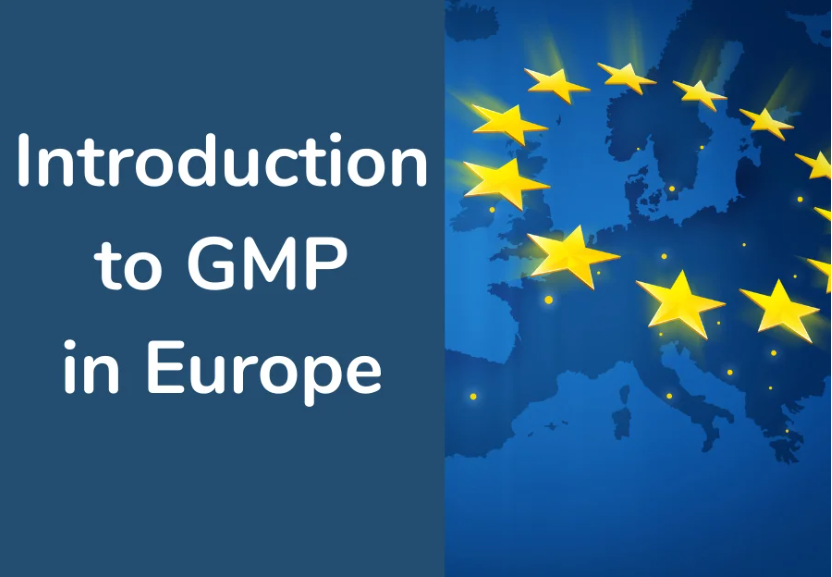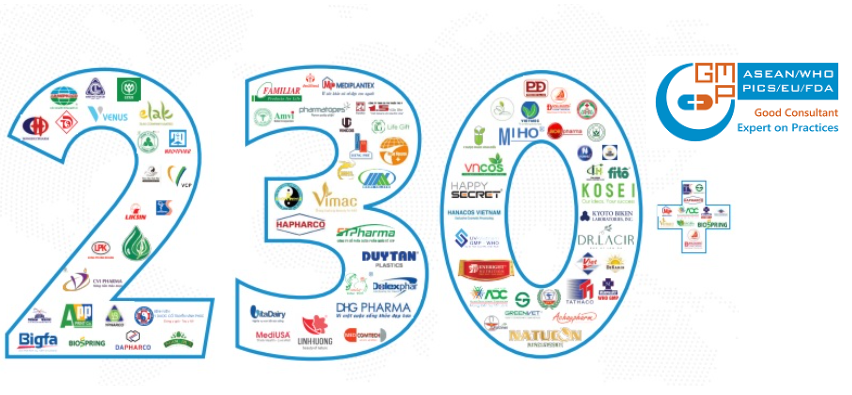
The quality of pharmaceuticals has been a concern of the World Health Organization (WHO) since its inception. The setting of global standards is requested in Article 2 of the WHO Constitution, which cites as one of the Organization’s functions that it should “develop, establish and promote international standards with respect to food, biological, pharmaceutical and similar products.”
The first GMP text published by WHO was developed during 1967-69 upon request by WHO’s Member States and was revised in 1975.
Revised and expanded GMP guidelines were prepared during 1989-90, approved by the WHO Expert
Committee on Specifications for Pharmaceutical Preparations in late 1990 and subsequently published by WHO. At that time, Part One of these revised and expanded guidelines set out the philosophy and essential elements of GMP; Part Two dealt with good practices in production and quality control. These two parts together represented the “core” of the GMP guidelines published by WHO.
The EU and WHO guidelines are based on the same principles but differ in detail.

Quality control
The tasks of quality control are beside others:
• sampling,
• stating of specifications,
• execution of tests, as well as
• organisation and documentation of release methods.
In order to be able to execute these tasks in accordance with the requirements, the Quality Control has to be kept separate the production
Counterpart of chapter 6 of the EU guidelines is chapter 17 “Good practices in quality control” of the WHO guidelines.
The preconditions to “Good Quality Control Laboratory Practice (EU guidelines point 6.5 – 6.10) can be found in Annex 2 and Annex 3 of WHO TRS 961.
The recommendations listed in the EU guidelines and regarding “Sampling” can also be found in the appendices of the WHO TRS.
Almost the same applies to the points 6.18–6.22 of the EU guidelines. They are also mentioned in the appendices of the WHO TRS.
The points 6.26–6.33 of the EU guidelines deal with the topic “On-going stability programme”. The erpart can not be found identically in chapter 17 of the WHO guidelines.
But the necessity of execution of “On-going stability studies” can also be found in WHO TRS, Annex 2, 11.5 “Stability monitoring of APIsd ” and in WHO TRS, Annex 3, 7.3.5 “Stability studies”.
Summing up the topic “On-going stability studies”, it can be said that the requirements of both guidelines are identical.
Partly, the WHO guidelines regarding the chapter “Quality Control” are more detailed than the EU guidelines and provide hints for a better understanding of the requirements and the performance activities.
Under e.g. “Test requirements” (point 17.13–17.21) the WHO guidelines list further recommendations to:
• Starting and packaging materials,
• In-process control,
• Finished products,
• Batch record review and
• Retention samples.

GMPc Vietnam is recognized throughout Vietnam as the leader in providing turnkey consulting solutions for GMP-certified facility projects, including Pharmaceuticals, Cosmetics, Health supplements and Veterinary pharmaceutical. Though 12 years of development 2011 to 2023, GMPc has implemented more than 230 GMP-certified facility projects, equaling to more than 80% of market share of the field in Vietnam. Not only do domestic customers, foreign investors also choose GMPc as their consultant when investing new factories in Vietnam, such as Kyoto Biken Vaccine Factory, Nippon Chemiphar Pharmaceutical Factory, Shimizu Contractor, Kajima Contractor, etc.
Consulting services for EU GMP
Consulting services by GMPc Vietnam
GMP project consulted by GMPc Vietnam


